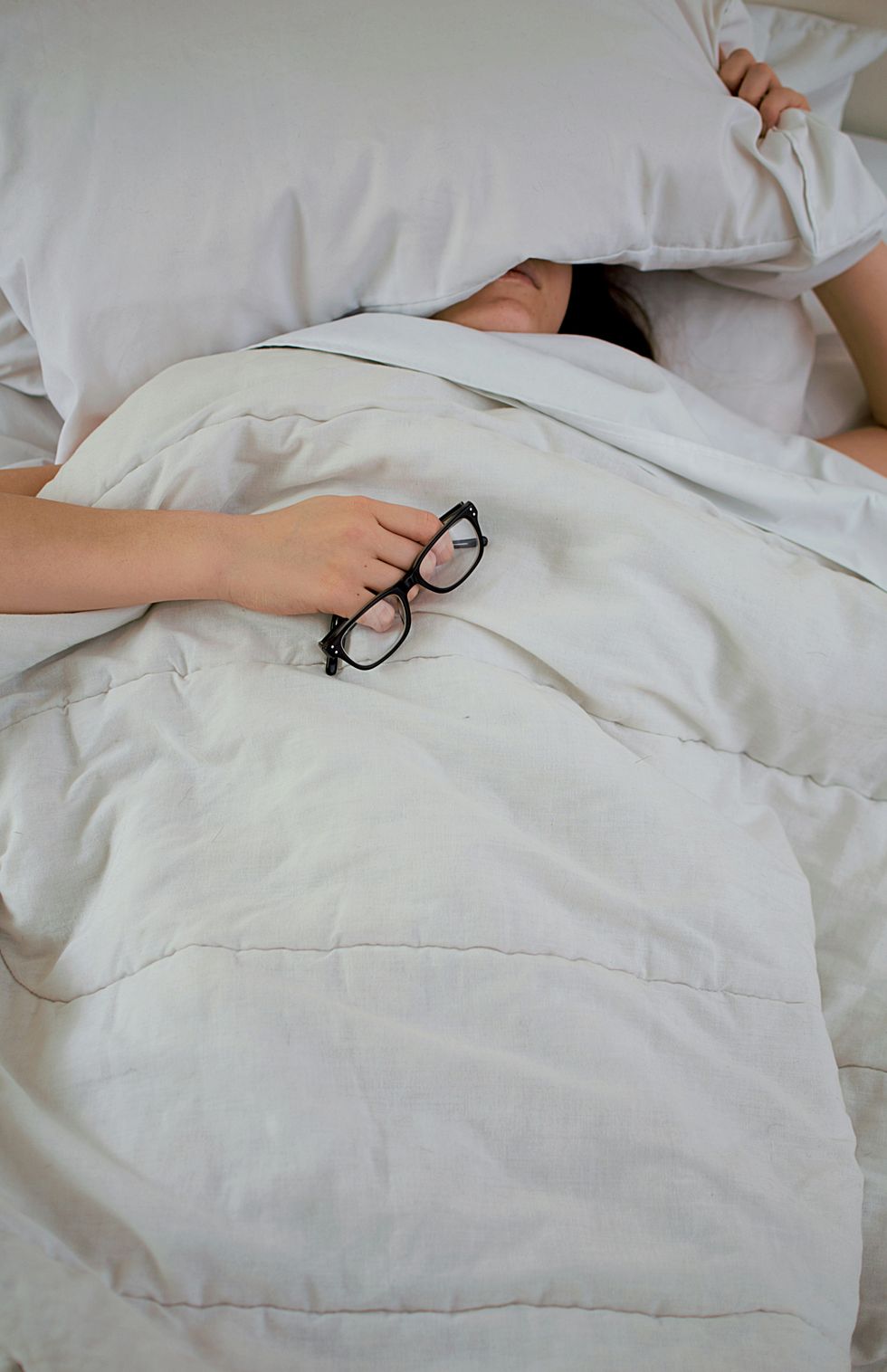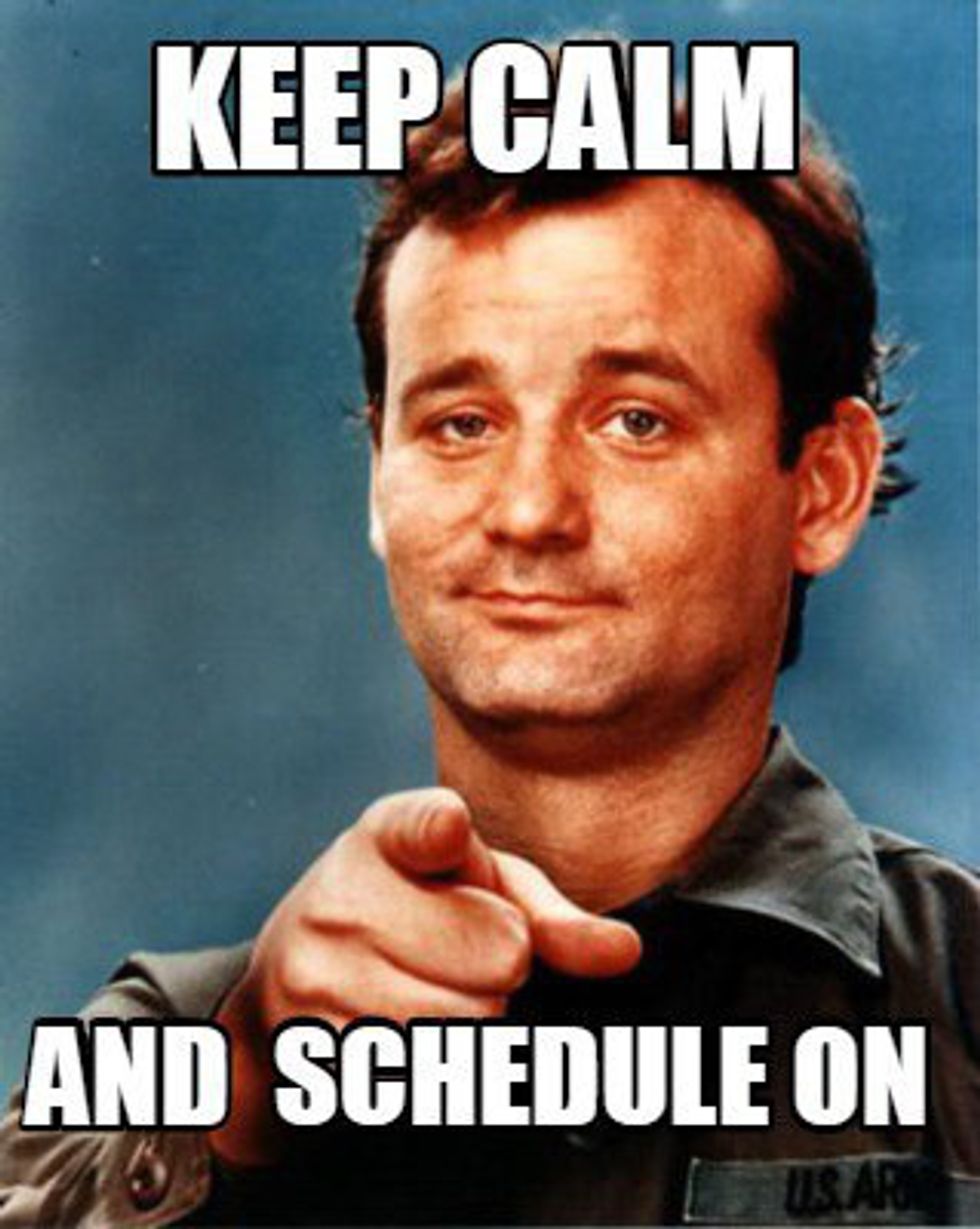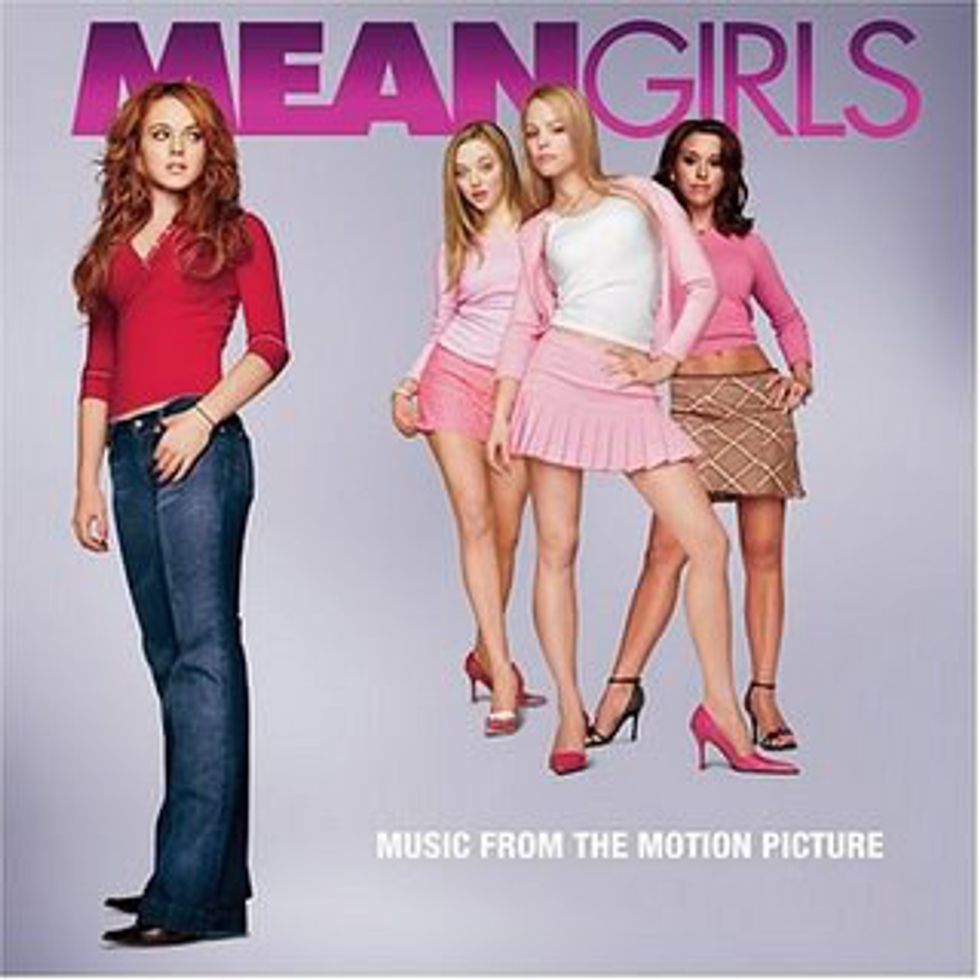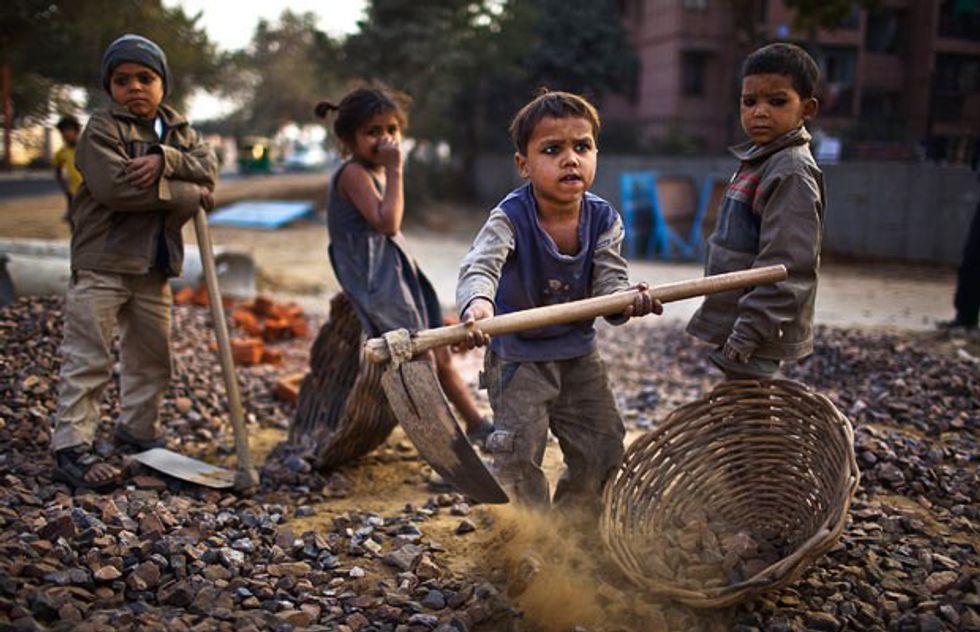The Harry Potter series was my childhood.
Even when I was not reading the books or watching the films, in my head, I lived at Hogwarts and saved the world with Harry, Ron, and Hermione.
Though I always have and always will love the series and still consider it my literary home, over the past few years, I have come to realize that it is deeply flawed. One such flaw is its black and white portrayal of one of the four Houses of Hogwarts, and the one to which I belong: Slytherin.
“Not Slytherin, not Slytherin.”
From the very first book of the Harry Potter series, the reader is told that Slytherin is only for evil people. Hagrid even tells Harry in Sorcerer’s Stone that there’s not a “single witch or wizard who went bad who wasn’t in Slytherin.” This assertion is not only proven false by the reveal that Peter Pettigrew, who was a Gryffindor, betrayed James and Lily Potter, but it also appears to be a continuity error. Before Pettigrew was discovered to be the true traitor, everyone, including Hagrid, believed that Sirius Black, another Gryffindor, had defected to Death Eaters.
This black and white portrayal of a quarter of the wizarding population is fitting for the first book; after all, eleven-year-olds are not necessarily known for their nuanced ideas about morality. And, in future books, there are moments when it seems J. K. Rowling intended to develop both Harry’s and the reader’s view of Slytherin house.
In Chamber of Secrets, Harry worries that he is similar in personality to Voldemort and that the Sorting Hat would have been right to put him in Slytherin. In response, Dumbledore tells him that it is “our choices that show who we truly are, far more than our abilities.” When I first read this, I interpreted it as Dumbledore telling Harry that it is possible to be Sorted into Slytherin based on your strengths and still choose to be a good person.
In Order of the Phoenix, Sirius tells Harry, who is again feeling and fearing a connection to Voldemort, that “we all have light and dark inside us. What matters is the part we choose to act on.”
Finally, in the epilogue, Harry assures his concerned son Albus, telling him that one of the bravest men he ever knew was a Slytherin. This great stride toward a grayer portrayal of the house is utterly destroyed in Harry Potter and the Cursed Child; Albus is sorted into Slytherin, which becomes a great source of conflict between him and Harry, in spite of the latter’s reassurances in the epilogue.
Despite these promises of a more nuanced moral view, Rowling never delivers. What readers, particularly young readers who identify with the traits of Slytherin – cunning, ambitious, resourceful, shrewd – needed was a Slytherin hero, a character sorted into Slytherin who is unequivocally good. Sadly, throughout the series, Rowling remains dedicated to her original portrayal of all Slytherins as inherently bad people.
Yes, there are a few Slytherins who are not cartoonish villains. Severus Snape is ultimately revealed to be on the side of the good. Regardless, he is still a terrible person. He bullies Harry, the boy he gives his life to protect. He bullies Neville so horribly that his greatest fear is one of his own teachers. Snape is certainly not the poster child for a good Slytherin.
There is also Slughorn, whose biggest sin is being taken in by young Tom Riddle and informing him about Horcruxes. And who can blame him? Young Riddle is said repeatedly to be extremely charming, and in reality, Riddle already knew about Horcruxes when he asked Slughorn--he simply wanted more information. Despite this, Horace Slughorn has a habit of “collecting” students he believes will be influential witches and wizards one day, such as Harry and Hermione. The reader is clearly supposed to find this brand of elitism repugnant, as both Harry and Hermione exhibit disdain for it throughout the sixth novel.
Finally, Draco Malfoy nominally ends up a decent person; in the epilogue, he and Harry nod civilly to each other as they drop their respective children off at Platform 9 ¾. However, we never see this redemption arc take place. The extent of it covered in the books is Draco’s refusal to identify Harry to his aunt Bellatrix and that he ultimately flees the final battle, which only proves that he is unwilling to sentence a fellow classmate to death and that he is a coward. Not exactly high praise for Slytherin house.
This has been compounded by the mixed signals Rowling has sent since the end of the series. In 2015, she compared Slytherins and racial superiority to squares and rectangles; not all Slytherins believe in pureblood superiority, but all those who do are in Slytherin. But in 2016, when a fan tweeted at her asking what she should do when her friends make fun of her for being in Slytherin, Rowling told her to “curse them.”
So Slytherin houses all of the pureblood supremacists, but any given fan should still be proud to be in Slytherin? Rowling continues to fail to give Slytherin fans the nuanced interpretation of their house that they deserve.
Because of this, I have had to make it for myself.
I am ambitious. I am cunning. I am resourceful.
It is not difficult to use these traits for good, and I try each day to make my little corner of the world better. I use these traits to be a good person, and I like to think that I succeed.
Sharing these traits with Draco or Snape or even Riddle does not make me like them. I am defined by my choices, not my abilities. I choose to act on the light inside of me, rather than the dark.
I am a Slytherin, and I am proud.





 Photo by
Photo by  Photo by
Photo by  Photo by
Photo by 



















